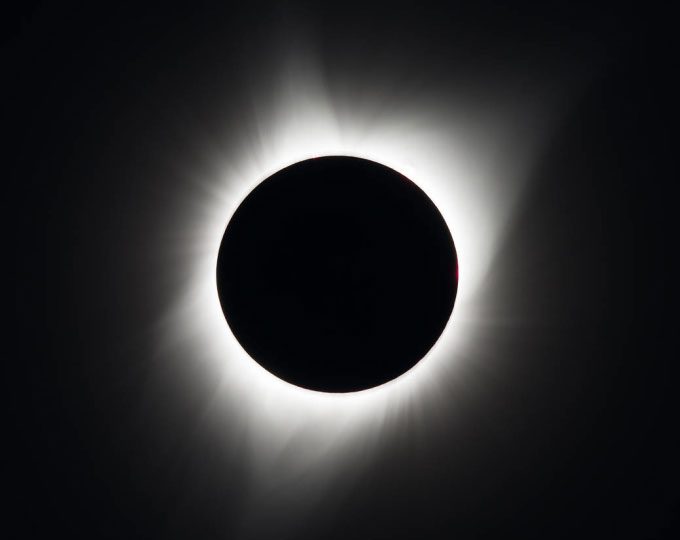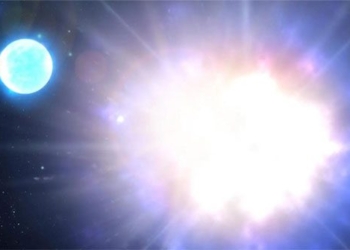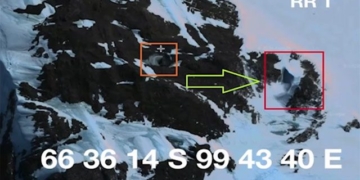A total solar eclipse will occur from the Pacific coastal region of Mexico at 11:07 AM PDT on April 8 (1:07 AM on April 9 in Hanoi), and it is expected to be the longest on land in over a decade.
The total solar eclipse on April 8 is considered a major event and “the most impressive in hundreds of years,” for several reasons.
First, the duration of the totality phase may be twice as long as that of the 2017 total solar eclipse, depending on the observer’s location. This is also regarded as the longest total solar eclipse on land in over a decade.

Total solar eclipse observed from Madras, Oregon, USA, on August 21, 2017. (Photo: NASA/Aubrey Gemignani)
Additionally, the solar corona during this phenomenon will be very large. This is because the Sun is approaching its solar maximum—the most active phase in the approximately 11-year solar cycle.
The event on April 8 will be the longest total solar eclipse in the United States since 1806. At the U.S.-Mexico border, the total solar eclipse can be observed for up to 4 minutes and 26 seconds. It will also be the darkest total solar eclipse in the U.S. in the past 217 years.
Another interesting point is that during the eclipse, viewers may observe the comet 12P/Pons-Brooks.
Where can the eclipse on April 8 be observed?
This unique astronomical event on April 8 will not be observable in Vietnam. People in areas of Mexico, Canada, and more than 10 states in the U.S. will be able to witness the total solar eclipse. Meanwhile, a partial eclipse is expected to be visible in 49 states of the U.S. if weather conditions permit.
The partial eclipse is expected to begin at 3:42 PM Coordinated Universal Time (UTC), or 10:42 PM in Hanoi. The eclipse will initially appear over the South Pacific and start its journey across North America. The Pacific coast of Mexico is the first location where the total eclipse will occur, expected at 6:07 PM UTC or 1:07 AM on April 9 in Hanoi.
A total solar eclipse happens when the Moon passes directly between the Earth and the Sun, completely obscuring the Sun from view on Earth. Observers standing within the path of totality will see the total phase. However, those outside this path will only see a partial eclipse. During the eclipse, the sky will darken as if it were dawn or dusk.
The Moon does not suddenly appear between the Earth and the Sun. Instead, the event begins with a partial eclipse, during which the Moon gradually moves to obscure the Sun, making it appear crescent-shaped. According to NASA, depending on the observer’s location, the partial eclipse can last 70 to 80 minutes.
- The longest total solar eclipse in history is about to occur
- Why do animals behave unusually during a total solar eclipse?
- The Moon begins its total solar eclipse orbit in 2024
- Why does the phenomenon of total solar eclipses occur more frequently in the Northern Hemisphere than in the Southern Hemisphere?




















































